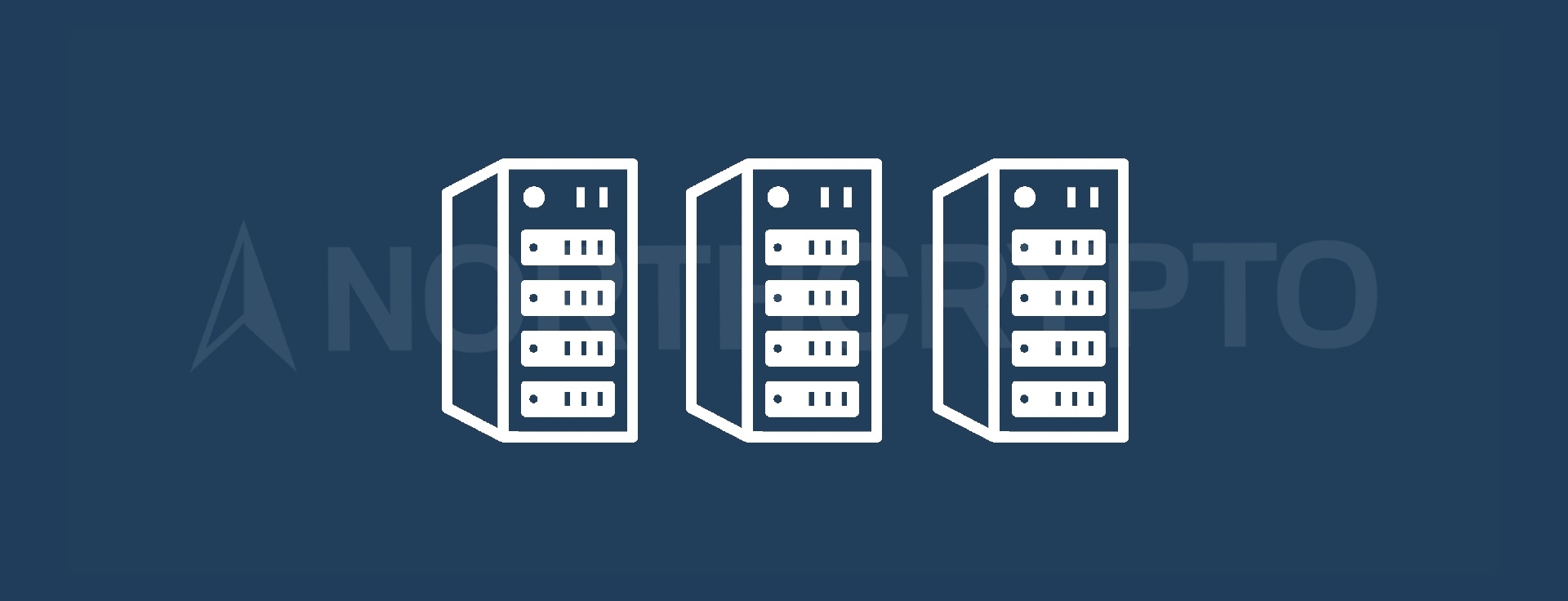What is {{chartFullCurrency}}?
{{chartFullCurrency}}'s price
{{chartFullCurrency}}'s price
{{chartFullCurrency}}'s price
{{chartFullCurrency}}
{{rate}}€
{{changePercent}}%
Buy cryptocurrencies safely & effortlessly
Create an account and start investing to cryptocurrencies with Northcrypto.
Start investingLitecoin is one of the oldest and most popular cryptocurrencies in the world. The Litecoin network went live on October 13, 2011. The founder of Litecoin is Charlie Lee who worked for Google before founding Litecoin. Technically Litecoin is almost identical to Bitcoin. Litecoin is often used to test new innovations created for Bitcoin, before they are applied to Bitcoin itself. So Litecoin is like a lighter version of Bitcoin. Many people say that Bitcoin and Litecoin are like the gold and silver of the cryptocurrency space.
At the beginning of 2024, there were more than 74 million litecoins in circulation. The maximum number of litecoins in circulation is 84 million litecoins. New litecoins are created every time a new block is mined. In the Litecoin blockchain, a new block is mined every 2.5 minutes, on average, and the block reward is currently 6.25 litecoins. The block reward is a feature of the Litecoin blockchain that controls the rate at which new litecoins are created. Litecoin's mining fee is halved every 840,000 blocks and typically takes about four years. In the case of Litecoin, halving the block reward means that every four years there are fewer new litecoins on the market than before. Like Bitcoin, Litecoin's halving is a feature programmed into the blockchain to prevent inflation and keep the total number of litecoins growing at a predictable rate.
The Litecoin blockchain is maintained by miners. In Litecoin’s blockchain, mining is a validation of transactions. For this effort, successful miners obtain new litecoin’s as a reward. Mining is extremely important to Litecoin’s network, because without miners there wouldn’t be a Litecoin network.
Litecoin founder Charlie Lee is now working full-time for Litecoin Foundation. Litecoin Foundation is a non-profit organization, which leads the development work of Litecoin. Mission of the Litecoin Foundation is to advance and promote Litecoin and blockchain technology all around the world.
The history of Litecoin
Litecoin founder Charlie Lee has played a very big role in the project since its inception. Even today, Litecoin personifies Charlie Lee very strongly. Back in 2000 Charlie Lee graduated from the Massachusetts Institute of Technology (MIT) with a master’s degree in computer science. After his graduation Charlie Lee started to work at Google.
Charlie Lee worked from Google more than a decade, until in 2011 he became interested in Bitcoin. Very soon Lee noticed that there might be room for another cryptocurrency alongside Bitcoin. Finally the Litecoin network went live on October 13, 2011. So Charlie Lee created Litecoin relatively quickly. Some people say that Lee just copied the Bitcoin code and made few changes to it. There is nothing wrong with that, because Bitcoin is an open source software, which is free for anyone to use. Since its inception, Litecoin has been well received. Today, Litecoin has established itself among the largest cryptocurrencies in the world.
From the beginning, Charlie Lee’s goal was to make Litecoin faster and lighter than Bitcoin. How he succeeded in this goal will emerge in the following paragraph, which deals with the differences between Litecoin and Bitcoin.
The differences between Litecoin and Bitcoin
One of the clearest differences between Bitcoin and Litecoin is the higher number of litecoin. Bitcoin’s maximum supply is 21 million, while the maximum supply of litecoin is 84 million. The maximum amounts of Litecoin and Bitcoin are programmed into the blockchain and these cannot be changed in the future.
Litecoin and Bitcoin both rely on a traditional Proof of Work model for blockchain maintenance, where blockchain maintenance is performed using physical mining equipment. Like the new bitcoins, the new Litecoins are created in the world as block rewards. On average, a new Litecoin blockchain block is mined in 2.5 minutes. The corresponding figure for Bitcoin is 10 minutes. In Litecoin's blockchain, a new block is therefore mined on average four times faster than in Bitcoin. As a result, Litecoin's transactions move about four times faster than Bitcoin's.
Litecoin and Bitcoin are technically very similar. Litecoin and Bitcoin come from the same program code and their blockchains are almost identical. The Litecoin founder Charlie Lee has said several times that Litecoin will benefit significantly from this. Litecoin can take advantage of Bitcoin network upgrades on their own operations as well. A great example is the Bitcoin SegWit upgrade, which was also activated in Litecoin soon after Bitcoin. SegWit upgrade improved the capacity of the Litecoin network. In addition to SegWit, Litecoin also utilizes the lightning network, which is also familiar to Bitcoin. Thanks to the lightning network, litecoin transfers are very fast.
Litecoin and Bitcoin are intended to serve different use cases. Bitcoin is a store of value and an alternative to our current monetary system. In the case of Litecoin, faster transactions and lower transaction fees makes it suitable for everyday use.
The important thing to understand is that although Litecoin and Bitcoin are almost identical, Litecoin is not a Bitcoin fork, which means that its blockchain is not branched from Bitcoin's blockchain. Litecoin is a completely independent cryptocurrency with its own blockchain. There are only many similarities between Litecoin blockchain and Bitcoin blockchain.
Sign up now to invest in Litecoin



